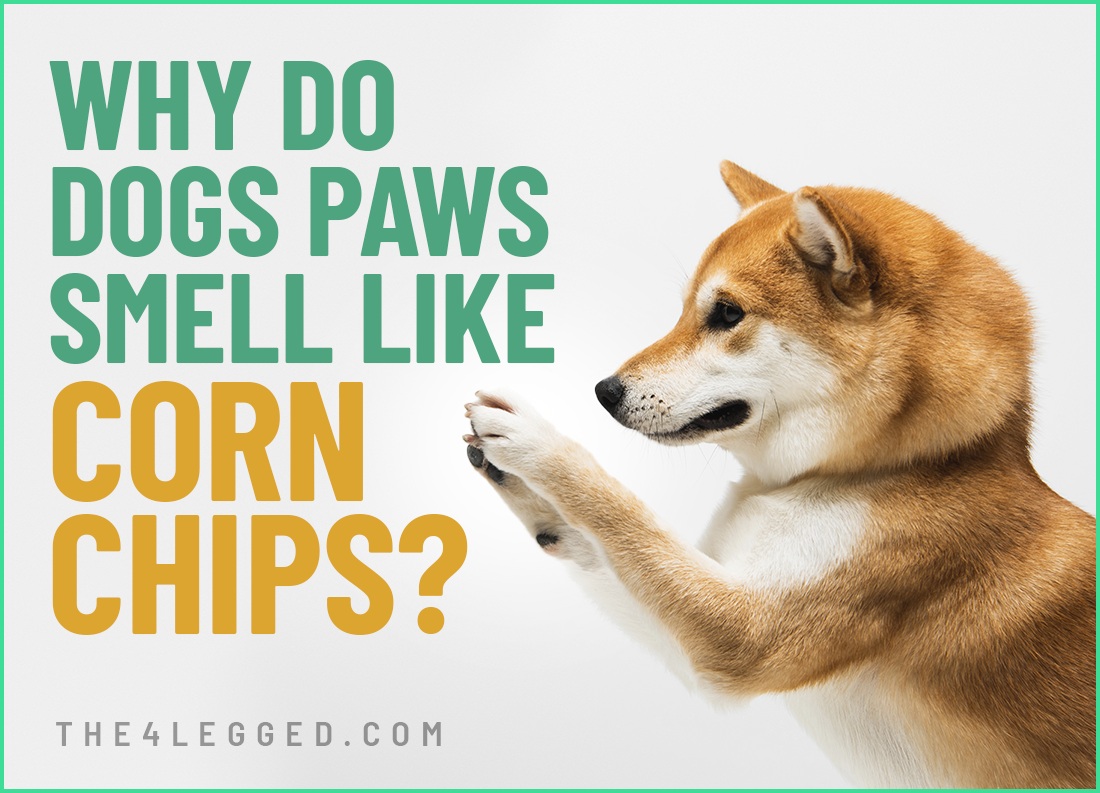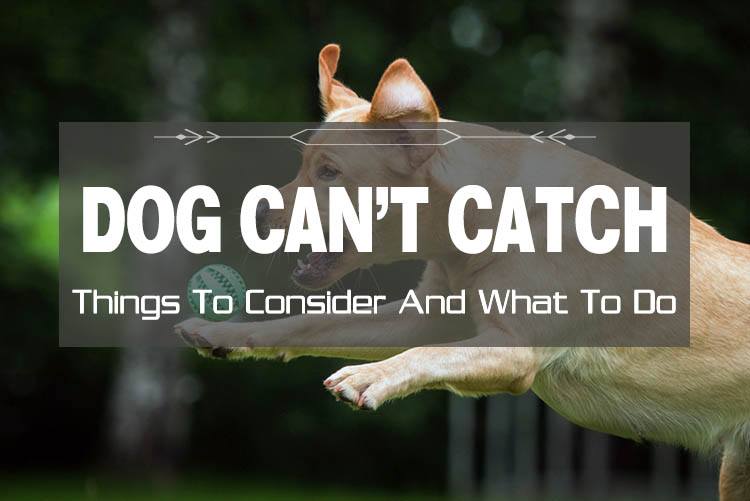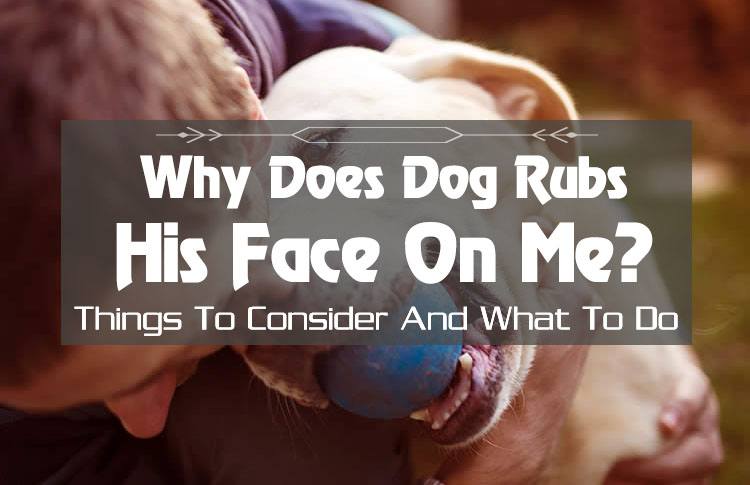Ever caught a whiff of your dog’s feet and thought, “Wait…why do dogs’ paws smell like corn chips?”
That unmistakable “Frito feet” aroma can be oddly appetizing—and a little puzzling. While it might seem strange, the scent has a perfectly natural explanation rooted in your pup’s biology.
In this guide, you’ll discover what really causes the corn-chip smell, when it’s completely normal, and the signs that mean it’s time to call the vet.
Key Takeaways
- The corn chip smell from dogs’ paws is typically caused by natural bacteria and fungi thriving in their warm, moist paw pads, which is usually harmless.
- Maintaining your dog’s paw hygiene through regular cleaning, drying, and fur trimming can help reduce odor and prevent potential infections.
- Consult a veterinarian if your dog’s paw odor worsens or if there are signs of infection, like excessive licking or redness.
Why Your Dog’s Paws Smell Like Corn Chips
If you’ve ever noticed your dog’s feet giving off a scent that reminds you of corn chips or Fritos, you’re not alone. This quirky phenomenon is so common among pet parents that it’s earned the nickname “Frito feet.” The corn chip smell is typically the result of bacteria and yeast living on your dog’s paws, which can create a mild, yeasty odor. For most dogs, this is a completely normal part of their biology and nothing to worry about.
However, it’s important to pay attention to your dog’s feet smell and watch for any changes. If you notice the odor becoming stronger, or if it’s accompanied by signs of infection like excessive licking, redness, or swelling, it could indicate a yeast infection or another issue that needs attention. Regular grooming and good hygiene practices can help keep your dog’s paws healthy and reduce the intensity of the corn chip smell. Understanding the causes behind this odor—such as bacteria, yeast, and moisture—can help you keep your dog comfortable and their paws in great shape.
The Science Behind the Corn Chip Smell
The unique corn chip smell from your dog’s paws smell like Fritos is due to specific bacteria and fungi on their skin, which are part of a dog’s skin ecosystem. Microorganisms like Pseudomonas and Proteus bacteria flourish in the warm, moist environment of a dog’s paw pads, causing that familiar Fritos corn chips scent.
Bacteria and Yeast
Bacteria and yeast are behind the corn chip odor on your dog’s paws. Bacteria called Pseudomonas and Proteus bacteria are primarily responsible for this smell. While these bacteria are found naturally on many animals, including humans, they particularly thrive on a dog’s paws. Just like on human skin and feet, bacteria and fungi flourish in moist environments on dog paws, which can lead to similar odors.
These microorganisms can thrive in the moist, warm conditions between a dog’s paw pads, leading to a yeasty odor that smells strikingly similar to corn chips. While this might sound alarming, it’s generally a normal and harmless part of a dog’s feet smell and natural biology.
Moist Environment
Moisture is another key factor in the corn chip smell. Contact with dirt, grass, and outdoor elements creates an ideal breeding ground for bacteria and yeast. The warmth and dampness between the paw pads offer perfect conditions for these microorganisms to flourish.
Limited airflow around a dog’s paws can worsen moisture retention, encouraging yeast growth and associated odors. Excess fur between the paw pads can also trap moisture and dirt, contributing to the corn chip smell.
Sweat Glands in Paws
Dogs have sweat glands mainly in their paw pads and noses, and the paw pads are where they perspire the most. These glands help regulate moisture levels and can activate the odors produced by bacteria on the paws. Interestingly, dogs sweat primarily through their paws.
The sweat released by these glands, combined with the existing microorganisms, leads to the characteristic frito-like aroma many dog owners notice, smelling it distinctly and noting that it can smell similar to other odors. The frito smell can smell like fritos quite prominent in certain situations and sometimes even smells like other scents.
Anatomy of Dog Feet
A closer look at your dog’s feet reveals why they’re so prone to developing that signature corn chip smell. The paw pads are equipped with sweat glands, which help regulate temperature but also create a moist environment—perfect for bacteria and yeast to thrive. The spaces between your dog’s toes, combined with fur and limited airflow, can trap moisture, dirt, and debris, turning the area into a breeding ground for microorganisms.
This unique anatomy means that dog feet, especially the paw pads and the areas between the toes, are naturally susceptible to yeast growth and the development of odors that smell like Fritos. The combination of sweat, moisture, and organic material from the environment provides everything bacteria and yeast need to multiply. That’s why it’s so important to keep your dog’s paws clean and dry, and to regularly check for any signs of infection or discomfort. By understanding how your dog’s feet are built, you can take proactive steps to minimize unwanted smells and keep their paws healthy.
Is the Corn Chip Smell Normal?
Is it completely normal for your dog’s paws to smell like corn chips? Generally, yes. Natural odors are a normal part of a dog’s health and usually do not indicate a problem. This smell is usually a normal phenomenon and doesn’t indicate any underlying health issues.
However, if the odor intensifies or changes character, it might be wise to consult your veterinarian to rule out any potential problems.
Harmless Odor
Bacteria and yeast can thrive on a dog’s skin without causing harm. The bacteria and yeast responsible for the corn chip smell are usually present in small numbers and are a normal part of a dog’s skin flora. If your dog’s feet smell but show no signs of infection, there’s typically no cause for concern.
To manage your dog’s paw odor:
- Regular grooming can help manage the odor if it becomes offensive.
- Keep your dog’s paws clean and dry to minimize bacteria and yeast, reducing the frito-like aroma.
- Regular cleaning and good hygiene practices are essential for keeping your dog’s feet healthy and free from odor.
- If the smell persists despite regular cleaning, consult your vet.
Signs of Infection
Although the corn chip smell is generally harmless, certain signs can indicate an infection. Excessive licking, swelling, or a foul smell from your dog’s paws may suggest an underlying issue, such as a bacterial or fungal infection that requires veterinary assessment. Increased licking, in particular, can signify discomfort and warrants a vet consultation.
Excessive moisture around the paws can lead to fungal infections, which require veterinary assessment. Persistent foot odors despite regular cleaning may indicate a health issue, warranting veterinary care.
Maintaining Healthy Dog Paws
Keeping your dog’s paws healthy prevents unpleasant odors and potential infections. Regular cleaning, thorough drying, and trimming fur between the pads are crucial for maintaining paw hygiene and minimizing the corn chip smell. Keeping your dog’s paws clean is one of the most effective ways to prevent unpleasant odors.
Regular Cleaning
Cleaning your dog’s feet is the best way to prevent the corn chip smell. After exposure to mud, urine, or feces, wash your dog’s paws to remove dirt and debris. Regular grooming should avoid irritating the skin or paw pads while ensuring cleanliness.
Avoid using scented products on your dog’s paws, as these can irritate the skin and disturb their natural scent. Choose unscented or specially formulated dog products to keep your pet comfortable and preserve their natural smell.
To reduce moisture between the paw pads, gently dry them with a towel and keep the fur short. This prevents the buildup of bacteria and yeast, minimizing the corn chip smell.
Drying Paws Thoroughly
Thoroughly drying your dog’s paws after cleaning or walking prevents bacterial and yeast growth. Moisture from walking on grass, wet surfaces, or during rain creates an environment conducive to odor-causing bacteria.
Best practices for drying your dog’s paws include using a towel or pet-safe drying device to absorb excess moisture. Ensuring the paws are completely dry maintains hygiene and reduces the risk of odors.
Trimming Fur Between Pads
Trimming the fur between your dog’s paw pads reduces moisture and dirt buildup. Excess fur can trap moisture and debris, creating an environment for bacteria and yeast to thrive.
Using a pet hair clipper to manage excess fur improves air circulation and significantly reduces odors.
When to Seek Veterinary Care
Maintaining healthy paws prevents many issues, but sometimes veterinary care is necessary. Signs of infection that should prompt a vet visit include:
- Redness
- Increased licking
- Hair loss around the footpad
- A change in foot smell
- A strong odor similar to moldy cheese
Pet parents should be vigilant and consult a veterinarian if they notice any unusual symptoms.
Persistent Odor
If your dog’s paw odor persists or worsens, consult a veterinarian. A vet might suggest treatments such as:
- Medicated shampoos
- Antibiotics
- Antifungal creams Persistent odors can indicate underlying problems like injured pads or poor health, requiring professional attention.
Avoid washing your dog’s paws too frequently, as this can strip natural oils and cause dryness, potentially leading to further issues. Balance is key to maintaining healthy paws and preventing persistent odors.
Additional Symptoms
Other signs of a potential yeast infection include a powerful or putrid smell, wet and red dog’s feet, and excessive licking. A sign of this condition can often be identified through these symptoms, including a fungal infection.
If you notice any of these symptoms, consult a veterinarian for proper diagnosis and treatment to ensure your dog’s paws remain healthy.
Home Remedies for Reducing Paw Odor
Managing your dog’s paw odor is important for their overall hygiene and comfort. Home remedies like using unscented wipes, antiseptic shampoos, and waterless grooming products can help keep your dog’s paws clean and fresh. These remedies are especially helpful for managing frito paws and reducing the characteristic odor.
Using Unscented Wipes
To clean your dog’s paws safely, use alcohol-free wipes. Ensure they are unscented to maintain the natural bacteria balance and prevent odors.
Use cleaning methods that do not disrupt the natural balance of your dog’s skin flora.
Antiseptic Shampoos
Antiseptic shampoos are recommended for deeper cleaning, especially when infections are suspected. Medicated wipes are also great for quick cleaning if your dog’s paws are infected. These products help eliminate bacteria and fungi that contribute to paw odor and treat minor infections effectively.
Waterless Grooming Products
Waterless grooming products offer a quick and convenient solution for cleaning dog paws without water. Unscented wipes can effectively clean paws while maintaining the natural balance of bacteria. Antiseptic shampoos provide a deeper cleaning option and can be used when infections are suspected, promoting overall hygiene and keeping your dog’s paws clean and healthy.
Summary
That signature “Frito feet” scent is usually harmless, caused by natural bacteria and yeast living in the warm, moist spaces of your dog’s paws. Still, watch for warning signs like swelling, redness, or persistent licking, which could indicate an infection. Regular cleaning, careful drying, and routine checkups help keep paws healthy and the corn-chip smell in check.
Curious about more ways to keep your pup feeling great? Browse our complete library of dog-care and behavior tips to keep every paw clean, happy, and healthy.
Frequently Asked Questions
Why do my dog’s paws smell like corn chips?
If your dog’s paws smell like corn chips, it’s likely due to bacteria and yeast thriving in the warmth and moisture of their paw pads. The unique structure and environment of a dog’s feet create ideal conditions for these microbes, leading to the characteristic odor. Keeping their paws clean and dry can help reduce the smell.
When should I seek veterinary care for my dog’s paw odor?
You should definitely seek veterinary care if your dog’s paw odor lingers or if you notice any signs of infection like redness, swelling, or excessive licking. It’s always better to be safe and get professional help! Veterinarians frequently encounter and treat dogs with Frito-like paw odors and can provide expert guidance.
What home remedies can I use to reduce my dog’s paw odor?
To reduce your dog’s paw odor, try using unscented wipes and antiseptic shampoos regularly. Keeping their paws clean will definitely help tackle those pesky smells.
Are certain dog breeds more prone to having paws that smell like corn chips?
Yes, some dog breeds with thicker fur around their paws or those that are more active outdoors may be more prone to developing the corn chip smell due to increased moisture and debris buildup. Regular grooming and cleaning can help manage this.
Can a dog’s diet affect the smell of their paws?
While diet doesn’t directly cause the corn chip smell, a healthy diet supports your dog’s immune system and skin health, which can reduce the likelihood of infections or excessive yeast growth contributing to paw odor.




